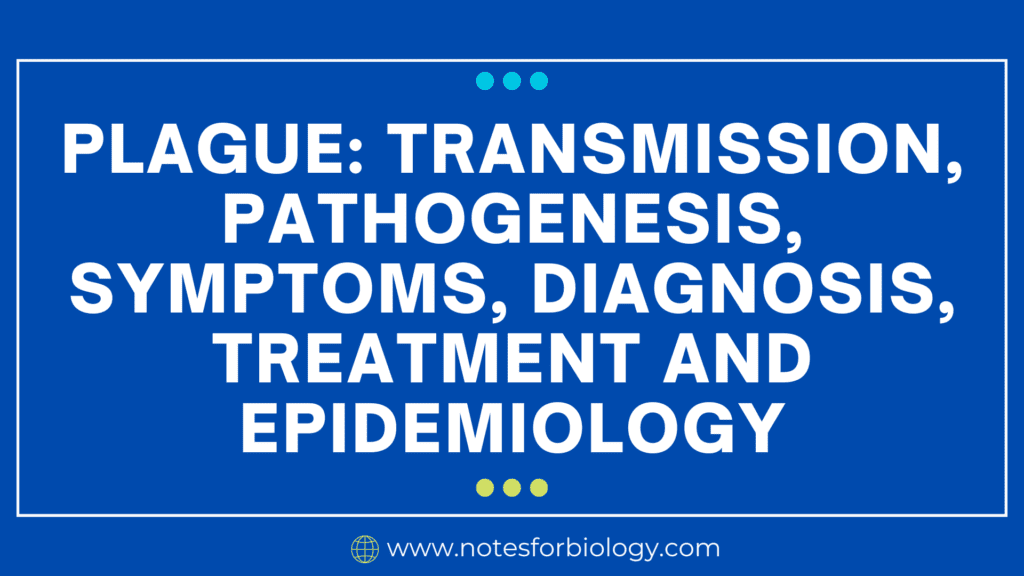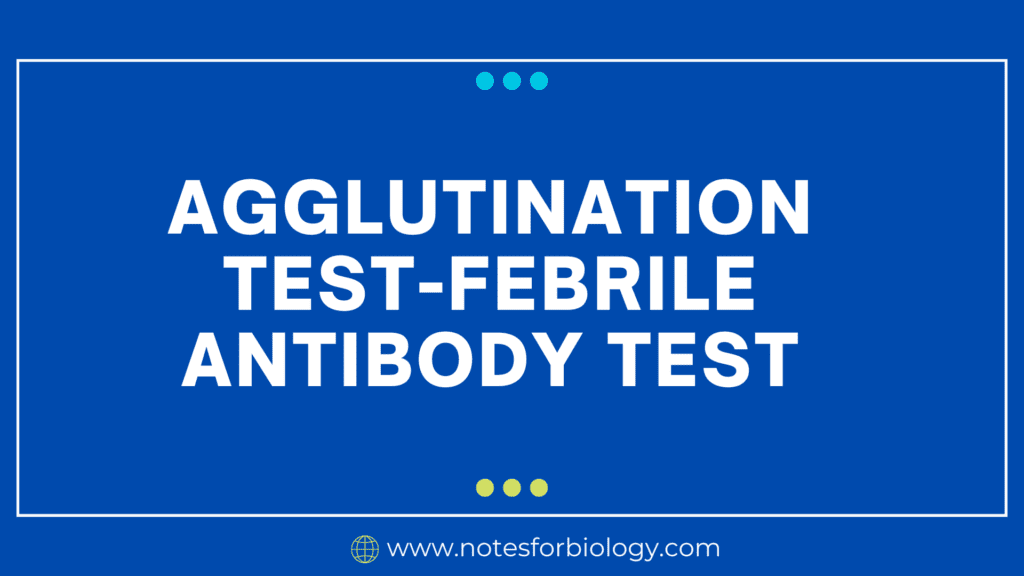Plague: transmission, pathogenesis, symptoms, diagnosis, treatment and epidemiology
Plague, a historically terrible disease caused by the bacterium Yersinia pestis, remains a public health problem despite advances in medical technology. It is also known for its participation in some of the deadliest pandemics in human history and takes three basic forms: bubonic, septicemic, and pneumonic, each with its unique transmission mechanism and clinical presentation. […]
Plague: transmission, pathogenesis, symptoms, diagnosis, treatment and epidemiology Read More »










